Looking to add flavor to foods on a low-sodium diet? Continue reading for alternatives to salt to add more flavor to meals at home.
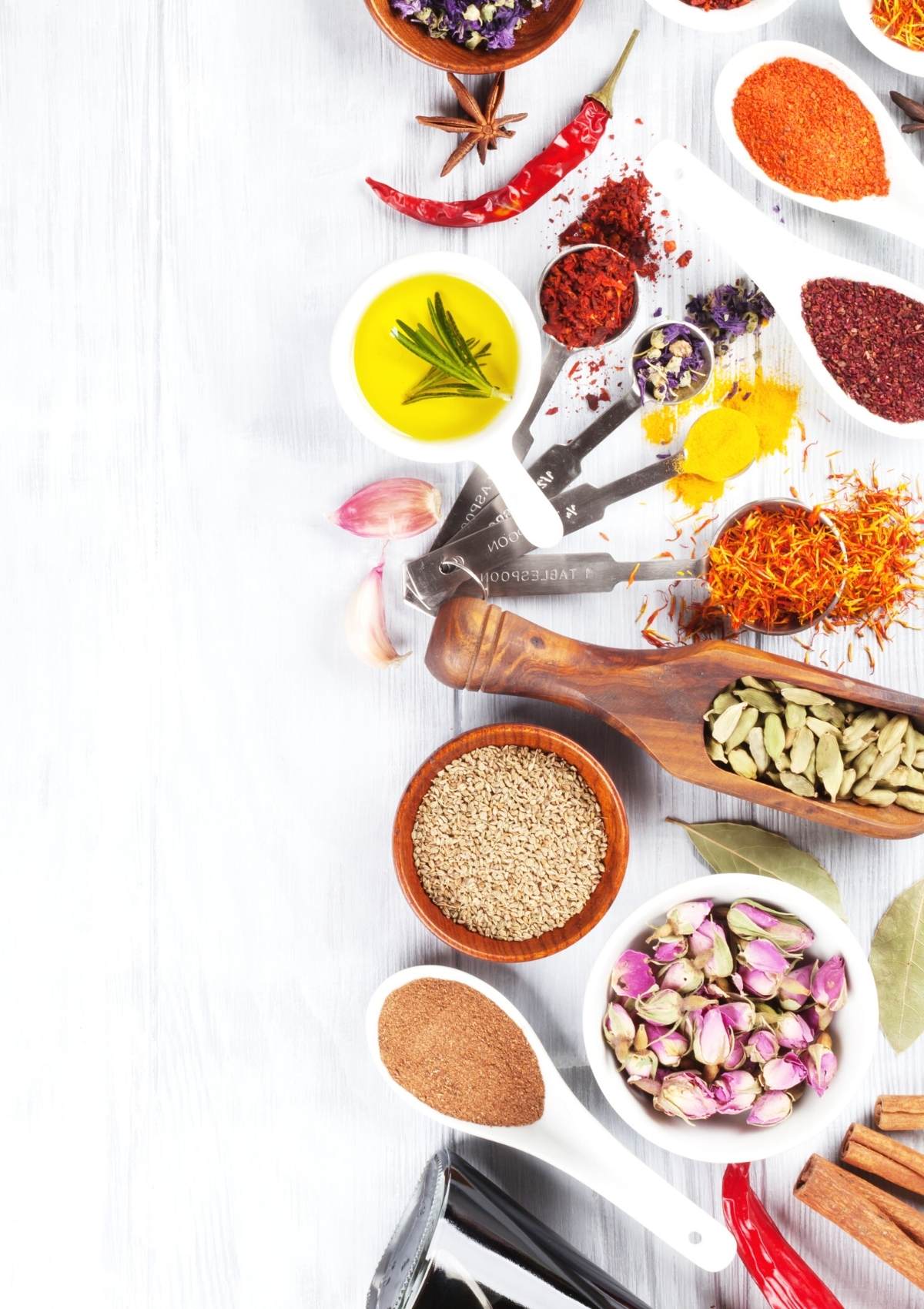
You may be someone who enjoys cooking and eating at home and is curious to know how to make your dishes and foods more favorable without always adding salt.
It’s possible you’re on a low-sodium diet or you just want to learn more about low-sodium cooking tips in general. No matter the reason why you want this information, you’ve come to the right place to gather some useful advice on the matter.
Continue reading to get a better understanding of how to add flavor to food without adding salt.
Difference between Table Salt, Sea Salt & Sodium
The CDC offers some valuable information and insights all about sodium, in which they state, “Though the words “salt” and “sodium” are often used interchangeably, they are not the same. ‘Salt’ is sodium chloride which is table salt. Sodium chloride is 40% sodium and 60% chloride. One teaspoon of table salt contains about 2,400 mg of sodium. Sodium is a mineral found in many foods, including monosodium glutamate (MSG), sodium bicarbonate (baking soda), and sodium nitrate (a preservative).”
- Sodium is a naturally occurring chemical element that is used for a variety of functions in your body, including controlling blood pressure and blood volume. Your body also needs sodium for your muscles and nerves to work properly. It’s important to remember that while “salt” has sodium in it, sodium can come in other forms besides just salt. Your body needs some sodium, but too can have detrimental health ramifications.
- Table Salt is sodium chloride, which is 40% sodium and 60% chloride. Most table salt contains synthetic anti-caking agents such as silicon dioxide, magnesium carbonate, or iron ammonium citrate. Many health experts like to avoid anti-caking agents in their diet and prefer sea salt to table salt. Table salt does often contain iodine, which can help prevent goiter.
- Sea Salt is the general term used for salt produced by the evaporation of ocean water or water from saltwater lakes. Sea salt is less processed than commercial table salt and retains trace minerals, which can add flavor and color. Sea salt is also 40% sodium and 60% chloride, which means that table salt and sea salt contain the same amount of sodium. Sea salt is not rich in iodine, so it’s important to get iodine from other sources such as fish, seaweed, or eggs or if thyroid issues are a concern.
It’s important to know the majority of sodium in the American diet comes from sodium-containing preservatives and packaged foods, not table salt.
All packaged foods contain sodium, even if it’s not a “salty” flavor.
At home, it’s ok to sprinkle a small amount of sea salt on your food prepared from scratch to add flavor, and below we’ll cover the top 7 ways to add more flavor to your food without adding any salt at all.
You should be aware that some salt is necessary for health. However, too much of it over time can cause you health problems, depending on your current condition and lifestyle.
It’s wise to realize and inform yourself of the difference between table salt, sea salt, and sodium so you can make a decision about what you do or don’t want to use in your cooking and on your foods. By weight, table salt and sea salt have comparable amounts of sodium. They also have about the same nutritional value. Both can be enjoyed in moderation at home.
Making great food at home is both an art and a science. Balancing flavors is what it’s all about!
Top 7 Foods That Add Flavor to a Low-Sodium Diet
1. Vinegar
The biggest tip that will help you add more flavor to your food without salt is to add some type of acid to your dish, typically in the form of citruses, such as lemon or lime, or vinegar, such as balsamic vinegar, red wine vinegar, or apple cider vinegar.
Experiment with different kinds of vinegar. There are a variety of vinegar types to give a try like citrus, balsamic, and red wine.
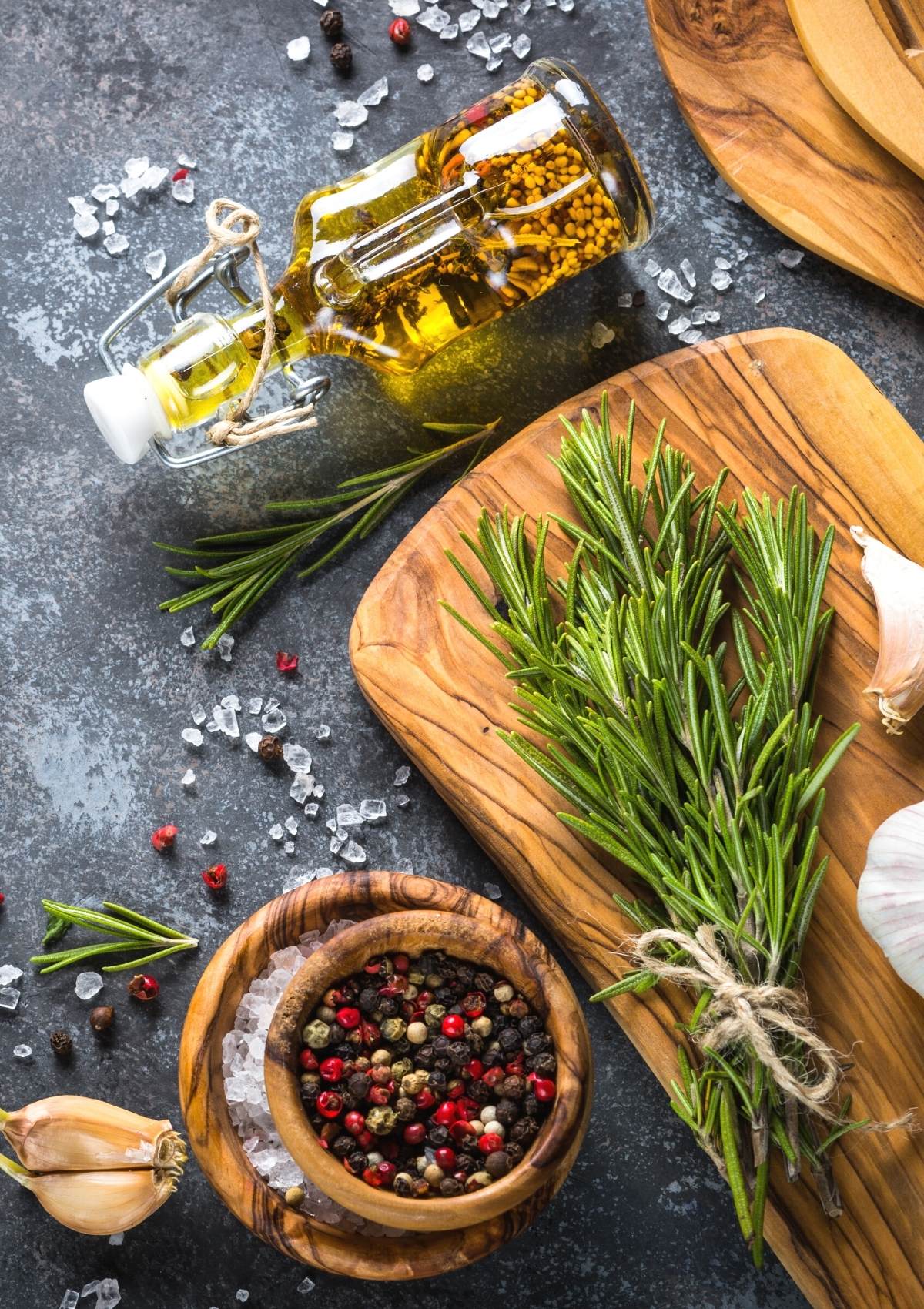
2. Citrus
Other ideas include oranges or limes, which will also do the trick. Citrus goes very well with Mediterranean cuisine, fish, and chicken dishes.
If you like the taste of lemon then add lemon juice to your foods for some zest and extra flavor. Lemon goes especially well in soups like my Lemony Chicken Quinoa Soup and it takes your lentil soup to a whole new level!
And we all know a big squeeze of lime is perfect to finish off tacos or a big pot of chili.
Plain unsweetened yogurt is also an acidic food that can add flavor and balance to dressings and sauces.
Healthy acidic foods like citrus, minimally processed vinegar, and high-quality yogurts do not “make your body acidic.” Your blood and body maintain a tightly regulated pH, and these foods can help improve the health of your gut when consumed in moderation.
3. Dried Spices
If you’re on a reduced-sodium or low-sodium diet, then one way to add flavor to food without adding salt is to stock up on a variety of dried spices.
I always have these to add to dishes for big flavor:
- Ground cumin
- Ground coriander
- Dried oregano
- Ground cinnamon
- Chili powder (a salt-free blend)
- Dried dill
Keep these handy and in your pantry so you have different options depending on what you’re cooking and what you’re in the mood for. There is a wide range of options when it comes to spices so be willing to give different ones a try and see what you like. Play around with your spices and learn which ones go together and which ones don’t.
Dried onion and garlic salt are more muted in flavor, so if you want to add a big burst of flavor opt for fresh garlic or onion.
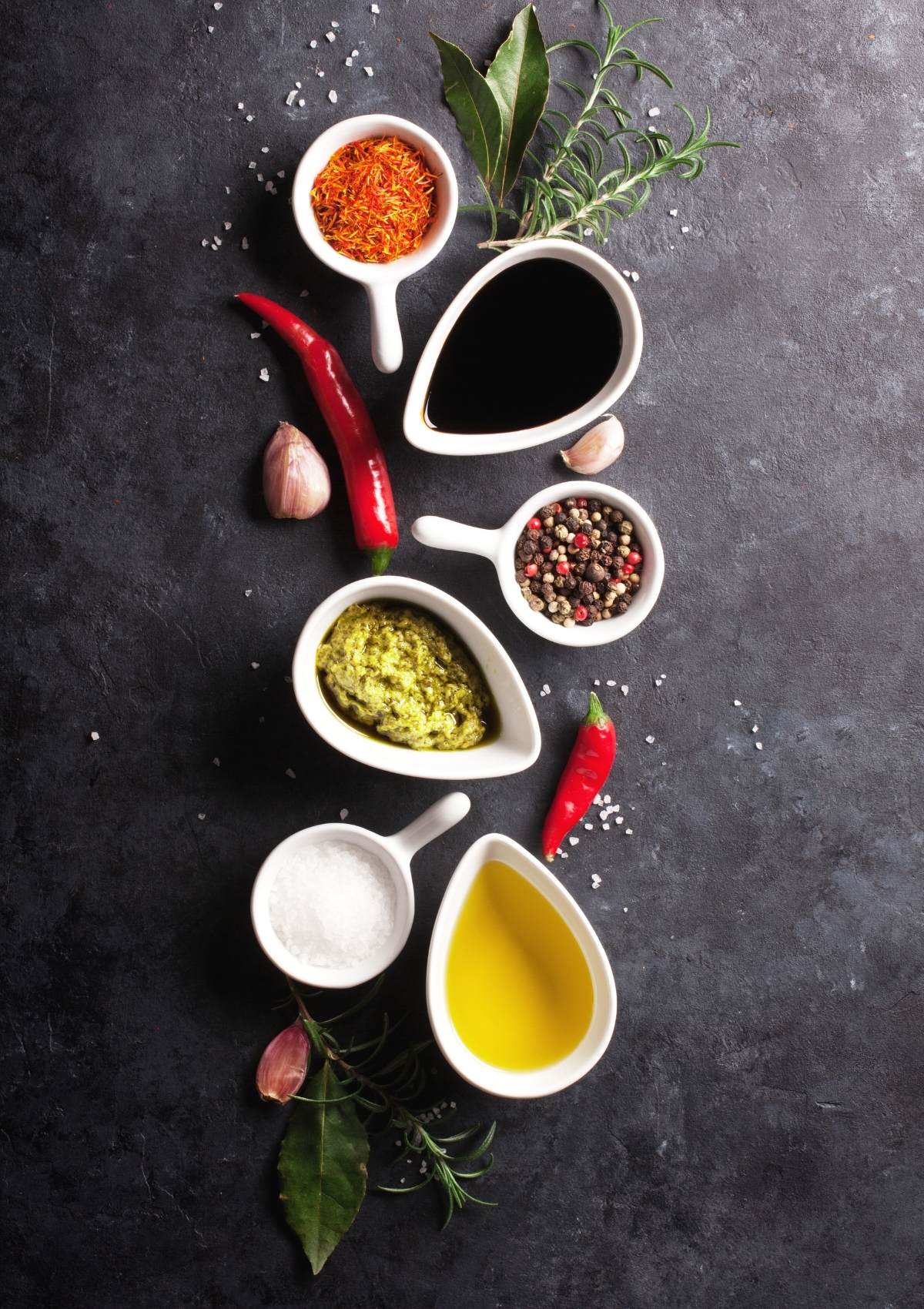
4. Fresh Herbs
In addition to spices, fresh herbs are an opportunity to not only add flavor to your foods but also a way to improve your health. It’s a win-win on a low-sodium diet
There are certain herbs that are high in antioxidants and fiber such as basil, cilantro, chives, mint, and parsley. Yes, leafy herbs count as leafy greens!
Read: 15 Healthy Ways to Use Fresh Mint
Other herbs that are super easy to grow and you might want to consider trying are rosemary, oregano, and chives.
Once again, they all bring a different taste to your foods so experiment with some different options to get a feel for what you like the most.
5. Extracts & Oils
An extract is a substance that is made from extracting a portion of a plant using alcohol such as a nut, fruit, spice, or herb. One you may be most familiar with that is used in baking is vanilla extract.
However, it can also be used in everyday cooking and on your foods. When it comes to adding flavor to your food without adding salt, then you can think about using extracts that contain almond extract, lemon extract, or coconut extract. It’s a great way to add flavor without adding any calories.
As far as oils go, think about adding toasted sesame oil which adds BIG flavor without having to use salt.
6. Umami
You may be wondering what umami even is?
Umami encompasses one of the five basic tastes. One might describe it best as a savory or “meaty” flavor.
Aside from being a solution for adding flavor and helping with digestion, foods rich in umami have also been known to offer a few health benefits. You may like the taste of your food more when you use it and might also feel fuller and more satisfied, which can curb your appetite.
Mushrooms and fermented foods like miso and sauerkraut are big on umami flavors.
Try adding some sauteed mushrooms to a dish, or blend them up in a sauce. Homemade sauerkraut is easy to make and will add a big burst of flavor to salads and other dishes. If you buy umami foods at the store, look for low-sodium or no-salt-added versions.
If you’re on a low-sodium diet, then give umami a try.
7. Hot Sauce & Peppers
If you’re into hot and spicy foods then think about using vinegar-based hot sauce as a way to add flavor to your food without adding salt. I really like Cholula, which does have a little salt but it’s minimal.
You can purchase it from the store or make your own. There are many foods you can put it on that will make your taste buds happy such as on top of your eggs, pizza, or chili. There are also flavored hot sauces depending on your personal preference. Hot sauce offers a few benefits as well, such as reducing inflammation and helping in weight loss.
Most how sauces will have a small amount of salt added, but since you only use a few dashes of hot sauce in a dish, it’s minimal and ok to use. If you’re extra cautious, look for low-sodium or no-salt-added hot sauces if you go this route.
Fresh peppers: If you like heat, go for some jalapeno or serrano pepper sliced or diced up. Most of the heat lives in the seeds and ribs (the white inner part) so remove those to make them more mild if you prefer (and wash your hands well after handling!).
Peppercorns: You can also add flavor to your food without adding salt by using a variety of dried peppercorns instead of just black pepper. For instance, you may not realize that there are white, green, red, and black pepper toppings you can use.
Reasons to Avoid Salt
You may have health reasons or other reasons why you want to avoid eating salt and using it in your cooking. Be patient with yourself because adjusting to less salt takes time, especially if you have always used it in the past.
There will be a difference that you’ll notice and you will need to get used to the change. Eventually, you’re likely to start enjoying these flavors more and won’t even miss the salt. Not only that but you’ll be improving your health in the process and will likely feel better overall as well.
Excessive amounts of salt and sodium can lead to heart disease, high blood pressure, and even a stroke. The key is to reduce packaged foods and eat a balanced diet so that you’re getting the right amount of nutrients and your body can function optimally and correctly.
Additional Tips for a Low-Sodium Diet
You can return to my recipe archive page when you’re looking for healthy, fresh, and flavorful food ideas and meals.
I also recommend picking up a copy of my first book, The Health Habit, if you want to get healthier without living on a super-restricted diet.
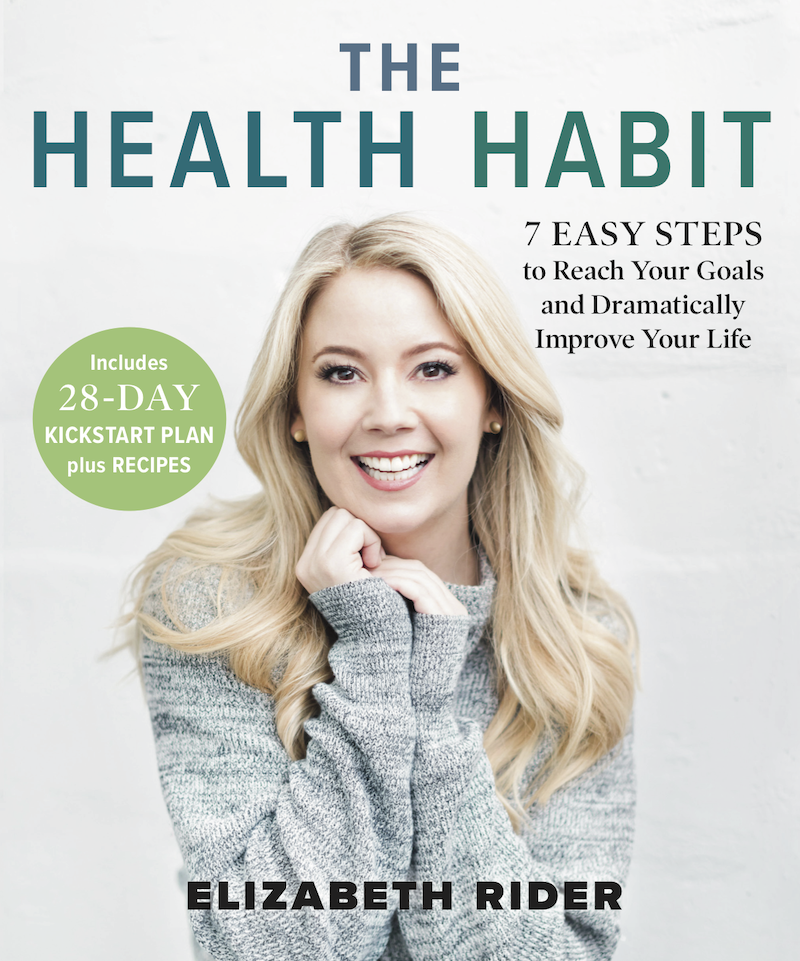
I’m an author and recipe developer with over a decade of experience bringing tried and true recipes to your kitchen. I want you to have a rewarding and pleasurable cooking experience at home and to gain all the benefits that come with preparing your own foods. I hope that you’ll not only stop by for the recipes but that you also stick around for the updates and community I have built.
Start small and build upon your progress so that someday soon you can eat without automatically going for the salt. It all comes down to balance since some amount of salt is good for your body and health.
This post gives you some practical ways and useful ideas for how to add flavor without salt and still enjoy your cooking and meals. It will be an adjustment initially but it won’t be long before you notice that you can still enjoy your meals and maybe even more so without always adding a lot of salt to them.
Experiment with a variety of different options and see what you like best and enjoy the most and then do more of that going forward. Everyone’s flavor preferences and taste buds are different but you’re sure to find something you like out of all these options.
Stay motivated to avoid adding salt to your foods by noticing how good you start to feel overall and that your health improves. You’re likely to have better numbers and results at your doctor’s appointments and may be able to shed unwanted pounds more easily and quickly.
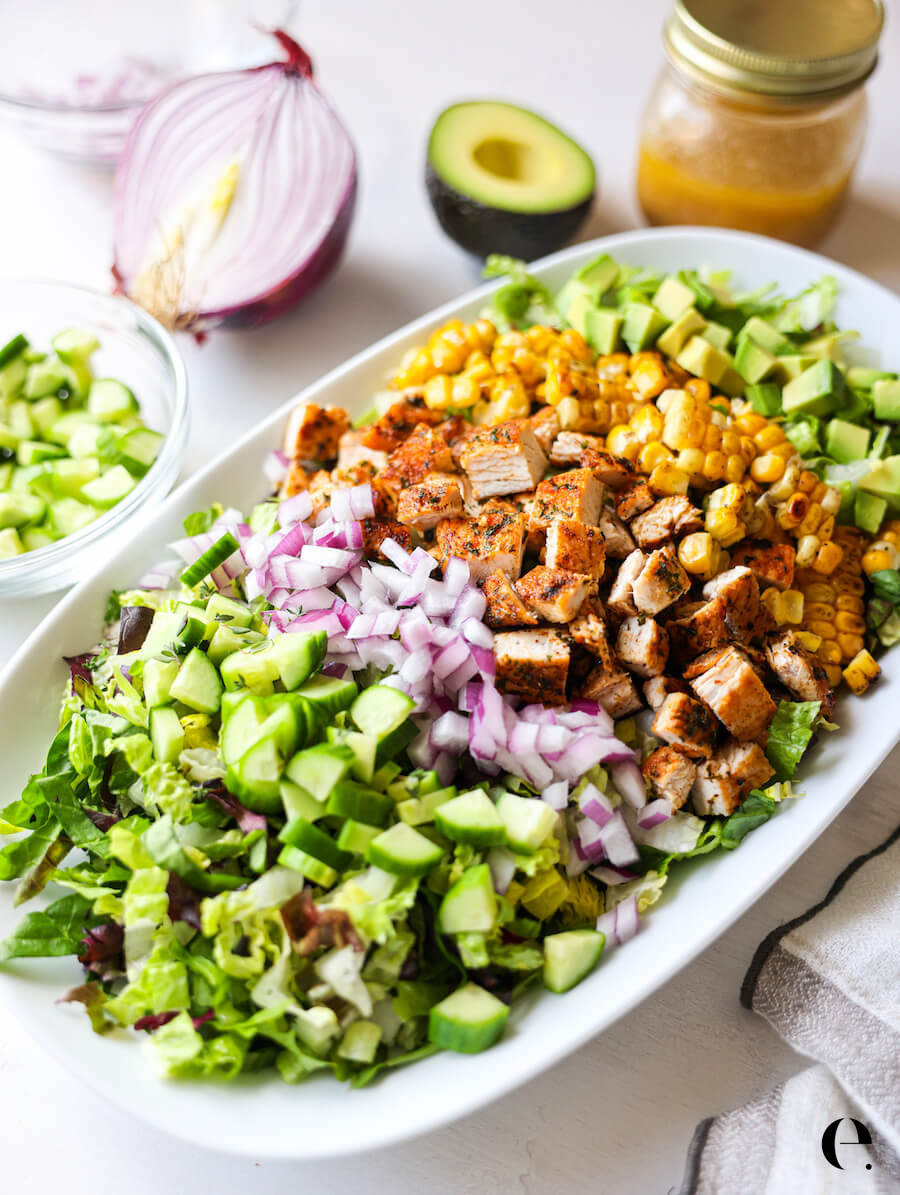

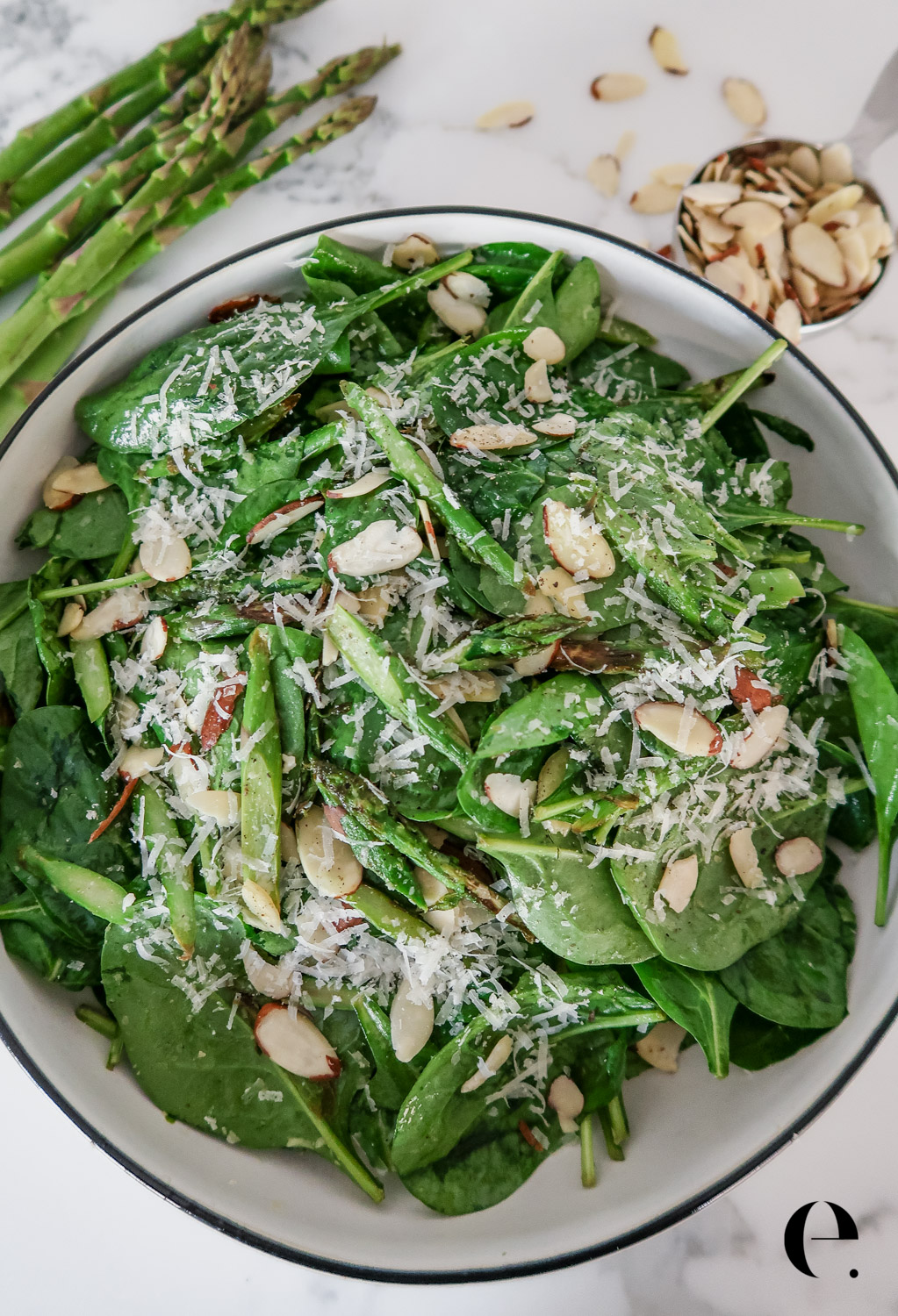
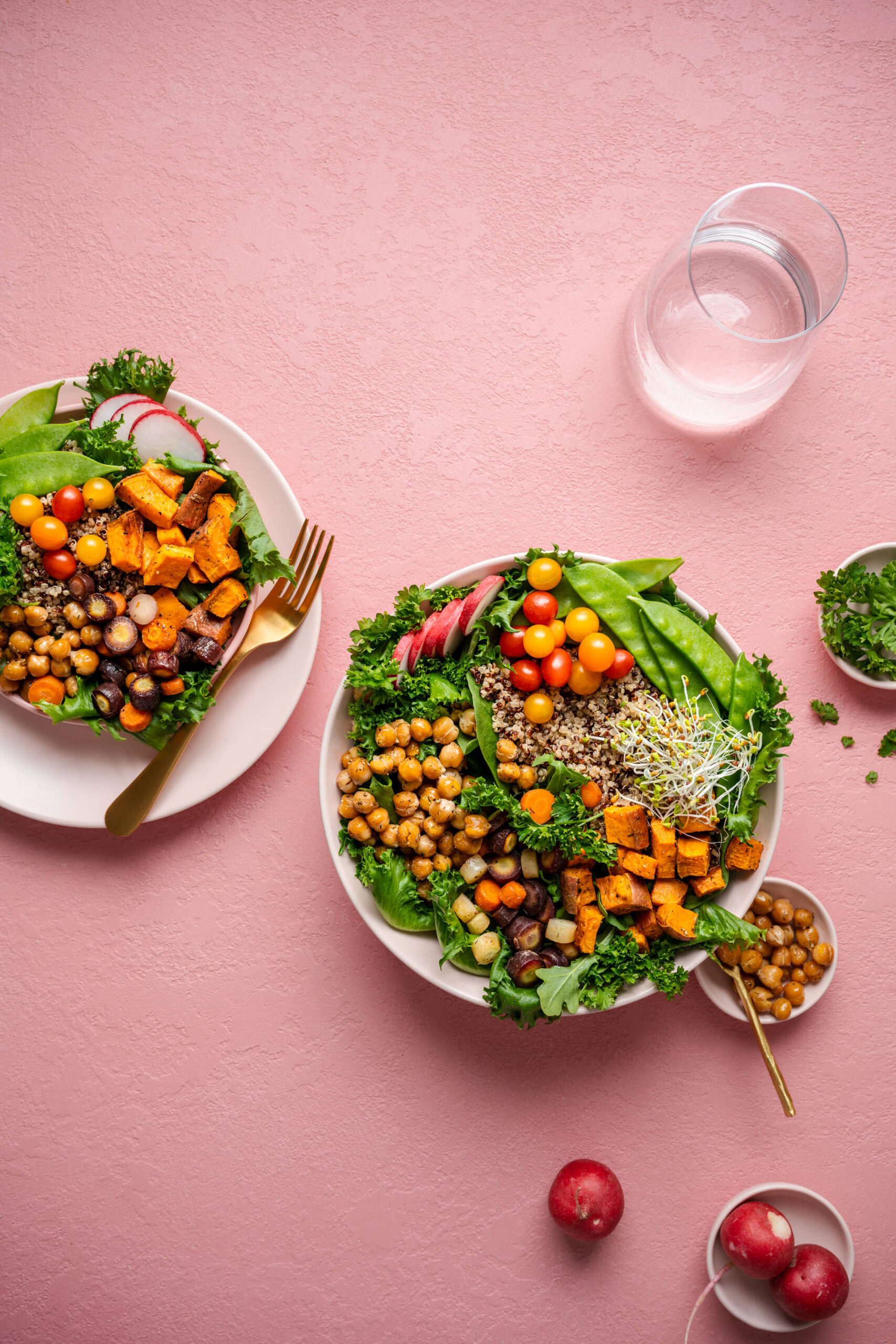
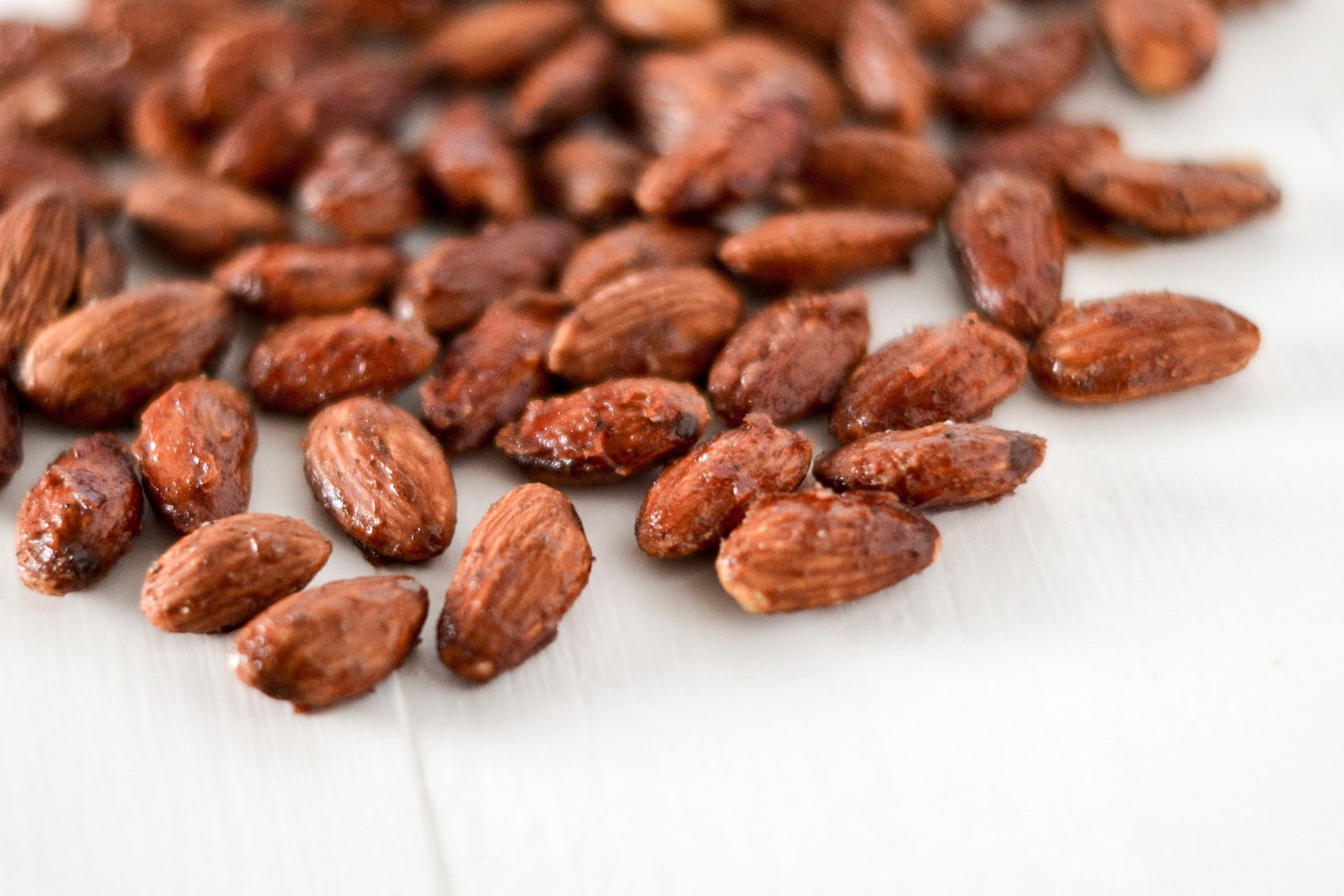
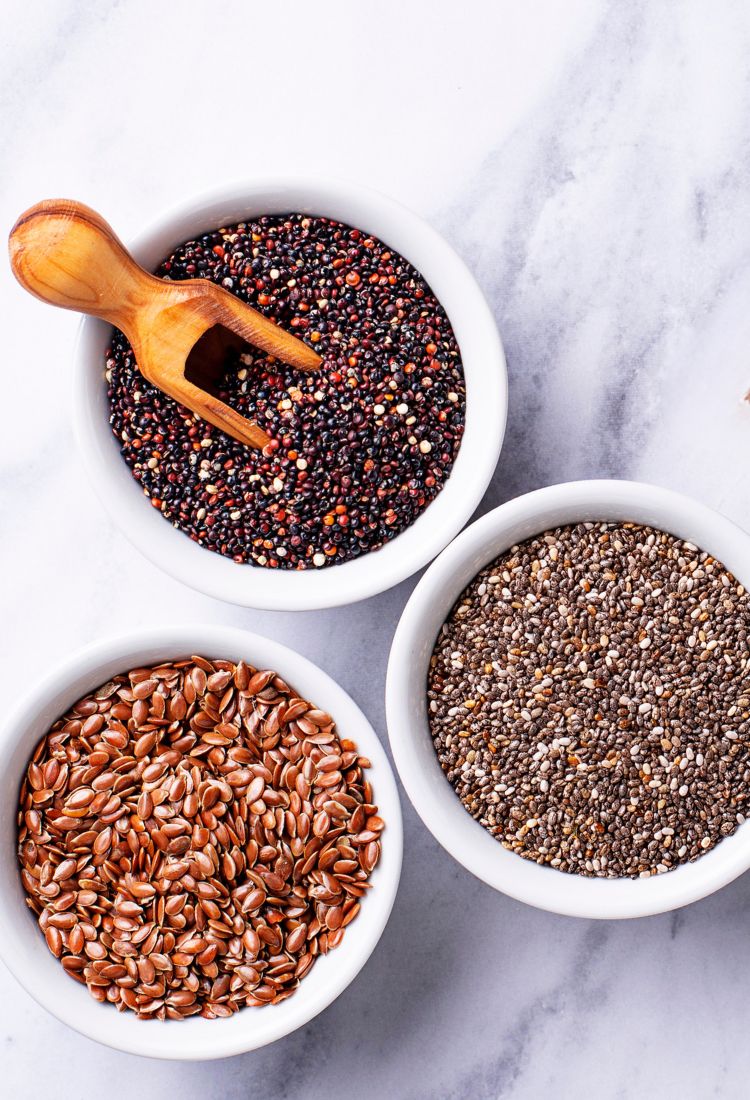
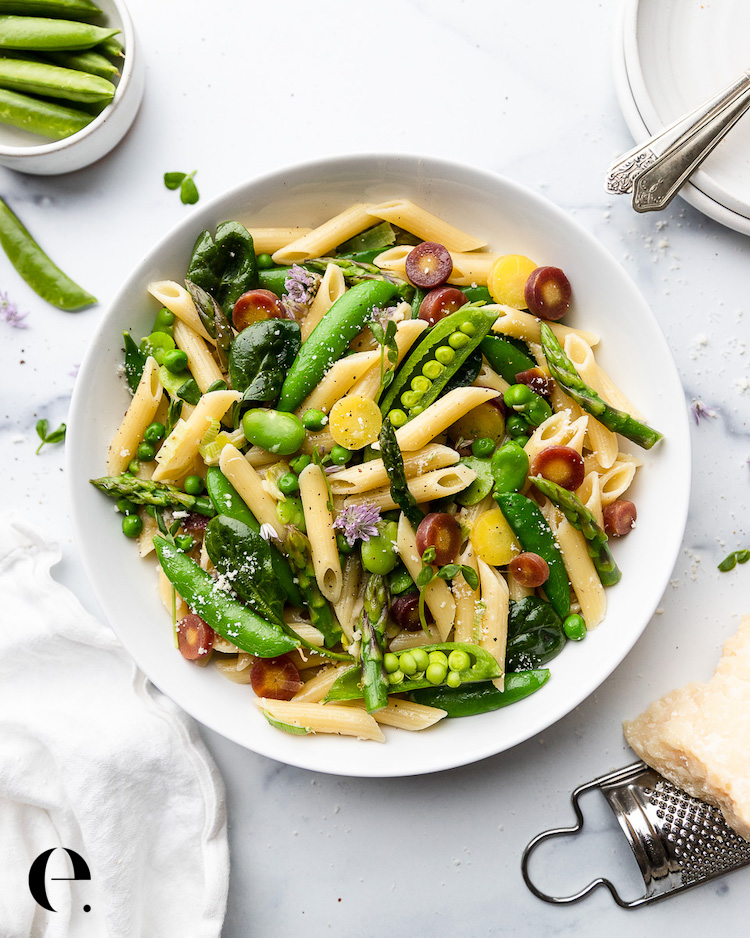
Leave A Review + Read The Comments →